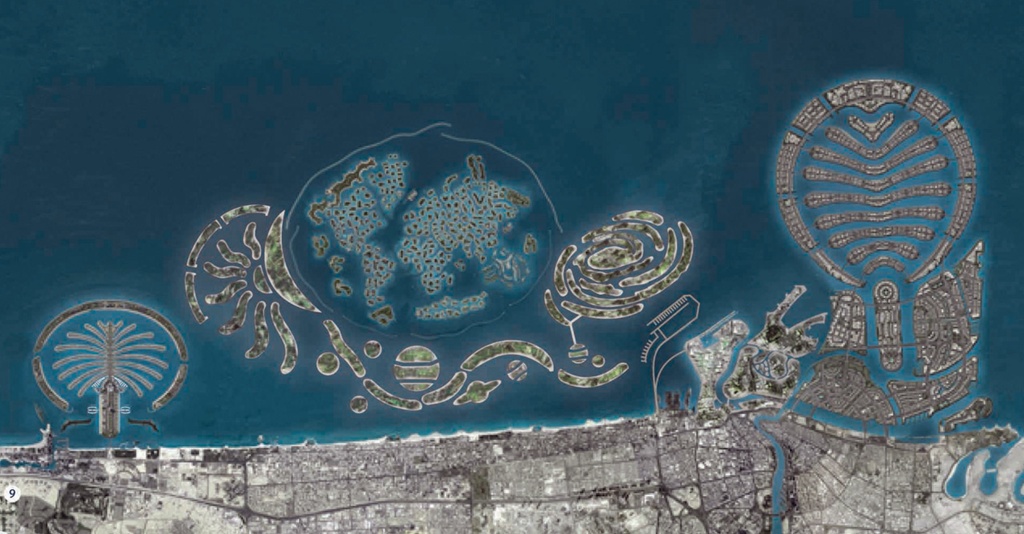Let's do some Geo-Engeneering
Others have already proposed the sane ways for doing land reclamation, which leaves me with the insane ways of doing it. A question, dear reader, is this enough reclaimed land for your purposes?

This looks somewhat like current Earth, but all the continents seem to have gotten fat. The most noticeable changes are the now connected Australio-Papuaneuginea, Sundaland in the South-China-Sea, the Beringia-Landbridge between America and Asia, Doggerland in the basin currently occupied by the North-Sea and some truly humongous islands in the oceans (just look at Hawaii or the Caribbean).
Should one be familiar with the history recent history of Earth, it will be obvious that this isn't some kind of far future map or a crazy proposal, but a map of Earth during the Last Glacial Maximum. Between 31 and 16 thousand years ago Earth was about 6° colder and when the glaciers were at their maximum extent about 26500 years ago; sea levels were about 130 meters lower than today. This results in the coastlines shown above.
So how does this help us? We can see that a colder planet means more water bound as ice leading to lower sea levels and more land. Over the history of our planet sea levels have fluctuated between 300 or even 400 meters with the maxima during ice free climetes like in the Eocene (this article shows the shorelines current day Earth would have with an Eocene climate) and minima during cold ages like the Last Glacial Maximum. Thus we just need to cool down the planet in order to get more land.
Cooling the planet by a significant ammount is of cause no trivial task. One could opt to remove greenhouse gasses (at least carbon dioxide and methane, ozone and water vapor are harder to controll) or use space-based sunshades. While there are many proposals for sunshade construction, I like the self-stabilising design by Paul Birch and the swarm design most.
Paul Birch proposed a slatted system of mirrors near the L1 point between Venus and the Sun. The shade's panels would not be perpendicular to the Sun's rays, but instead at an angle of 30 degrees, such that the reflected light would strike the next panel, negating the photon pressure. Each successive row of panels would be +/- 1 degree off the 30-degree deflection angle, causing the reflected light to be skewed 4 degrees from striking Venus.
One proposed sunshade would be composed of 16 trillion small disks at the Sun-Earth L1 Lagrangian point, 1.5 million kilometers above Earth. Each disk is proposed to have a 0.6-meter diameter and a thickness of about 5 micrometers. The mass of each disk would be about a gram, adding up to a total of almost 20 million tonnes. Such a group of small sunshades that blocks 2% of the sunlight, deflecting it off into space, would be enough to halt global warming, giving us ample time to cut our emissions back on earth.
Alternatively one could also use titanic electrolysis plants to break up ocean water into hydrogen and oxygen so that the hydrogen may escape into space. Note that this is extremely energy intensive.
However this approach, with the possibile exception of the electrolysis scenario, will have other, unintended consequences. It will lead to droughts and desertification as the map below shows. Glaciers and tundra would also spread and take over most of Europe, Siberia and North-America while tropic and moderate climates will be forces into retreats near the equator.











